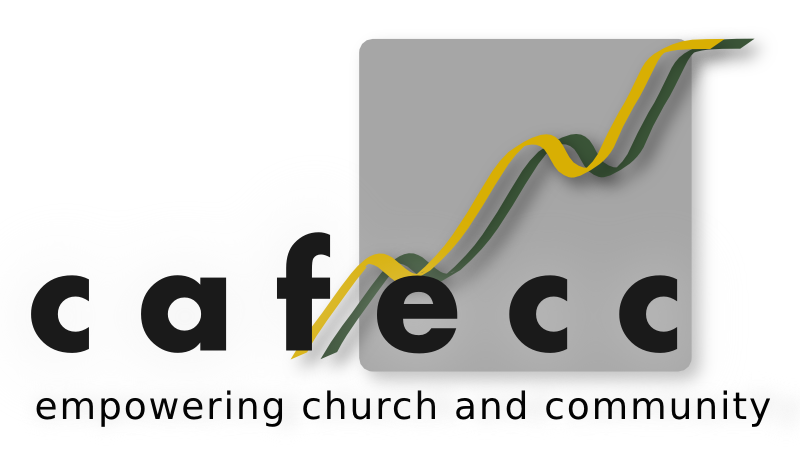People often limit the definition of microfinance to what is actually its main component: microcredit. Usually the central product of MFIs,
microcredit is a unique way of providing loans to entrepreneurs who have limited access to loans from formal banks.
Because sustainable banking for the poor is not possible without increased precautions to offset the increased risk,
and because micro-entrepreneurs often lack collateral traditionally required for lending,
MFIs secure loans using the social collateral provided by solidarity groups and guarantors, besides often charging significantly higher interest and requiring small compulsory savings for security.
In this model, an individual must join a group of other clients and produce guarantees in order to take a loan.
The social pressure from the group and community encourages individuals and groups to pay loan installments on time.
By combining rigorous screening of clients, proper training, and frequent group meetings attended by loan officers,
MFIs encourage clients to use loans responsibly. Groups can become platforms for community-building and discipleship,
and well-managed groups often produce members that become leaders in terms of financial responsibility, business counsel, employment, and spiritual mentoring.
In addition to lending, most MFIs offer savings products that are equally essential for micro-entrepreneurs in developing countries. Despite common beliefs that the materially poor cannot and will not save,
the truth is that there is a tremendous, largely untapped capacity for saving among the relatively poor, which, if harnessed properly, can result in business growth and improvement in the quality of life for many who have limited access to savings.
Microenterprise represents the vast majority of employment in most developing countries, due to lack of formal employment. Therefore, the access to capital and savings provided by MFIs is crucial to the growth of economy in one of the biggest sectors of our population.
Microfinance’s beginnings
First piloted by Muhammad Yunus and the Grameen Bank of Bangladesh in the 1970′s, microcredit programs have expanded substantially to many corners of the developing world. Microcredit,
however, is only a part of the wider picture that is microfinance. Microfinance itself has become an integral tool in poverty reduction and economic self-empowerment. The concept itself
was born out of the need for access to financial services by the poor. The term ‘microfinance’ came about in the 1990′s as it became apparent that the poor needed more than just microcredit at their disposal.
This term has since become a catch-all for any financial services that could be provided to the poor on an unconventionally small scale.
Since the founding microfinance institutions of the 1970′s, microfinance has been used around the world, with roughly $25 billion currently being used in the form of microcredit loans.
With the rise in popularity, microfinance has seen abuses by unscrupulous and poorly managed groups, damaging the reputation of microfinance as a viable component of poverty alleviation.
The future of microfinance depends on responsible donors that take an active role in evaluating and demanding improved recipient performance that in turn will benefit the clients using these services.
It is estimated that over $250 billion in capital is required for microfinance entities to serve all the poor in the world that would benefit from these services.
To get a better picture of the financial services we offer our clients, Click here.








